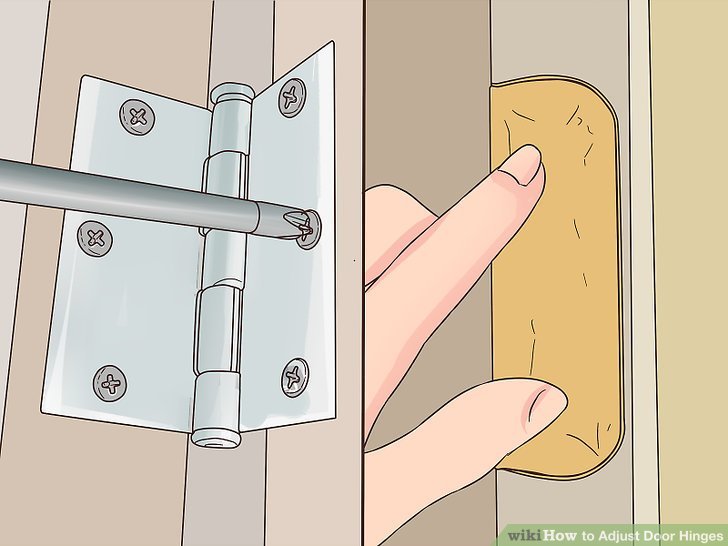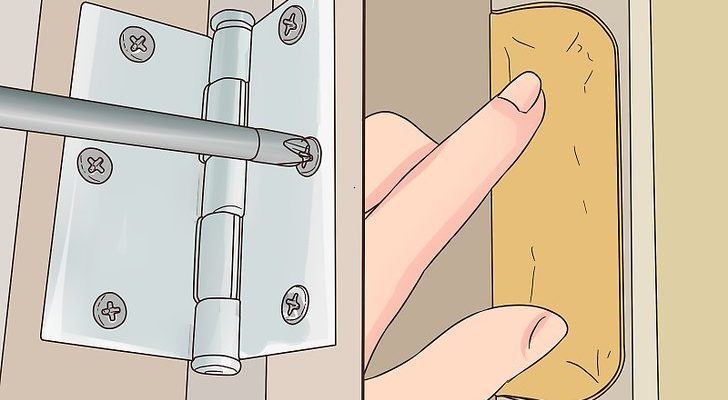
Think of the hinges as the backbone of your French doors. If they’re not adjusted correctly, it can lead to issues like drafts, sticking doors, or even worse, damage to the frame. Luckily, adjusting French door hinges for even gaps isn’t rocket science. With a little patience and the right tools, you can make your doors look and function like new again. Let’s dive into how you can achieve that perfect fit!
Understanding French Door Hinges
Before we jump into the adjustments, it’s essential to understand what you’re dealing with. French door hinges typically come in two kinds: butt hinges and continuous hinges. Butt hinges are those small, individual hinges that attach two pieces together. On the other hand, continuous hinges, also known as piano hinges, run the entire height of the door.
The type of hinge affects how you adjust the doors. Butt hinges allow for individual adjustments, while continuous hinges offer a more uniform adjustment across the entire door. Knowing which hinge type you have can make your adjustment process smoother.
Gathering Your Tools
To adjust those French door hinges, you’ll need a few basic tools:
- Screwdriver: A Phillips or flathead, depending on your screws.
- Level: To ensure everything is aligned properly.
- Measuring Tape: To check the gaps between the doors.
- Wood Shims: Optional, but they can help if your door frame isn’t perfectly square.
Having the right tools on hand can save you time and make the process less frustrating. Honestly, there’s nothing worse than realizing you need a tool and having to run to the store mid-adjustment!
Assessing the Current Gap
Before making any adjustments, take a close look at the gaps between your French doors. Stand back and visually inspect—are they even from top to bottom? You might also want to measure them with your tape to get a precise reading.
A good rule of thumb is that the gap should be about 1/8 inch to 1/4 inch. If one side is noticeably bigger or smaller, that’s a clear sign that you need to adjust the hinges. Here’s the thing: even a small difference can lead to big problems down the line, like warping or sticking doors.
Adjusting the Hinges
Now, let’s get to the fun part—adjusting the hinges! Here’s a simple step-by-step guide:
1. Loosen the Screws: Using your screwdriver, slightly loosen the screws on the top hinge of the door that’s misaligned. Avoid removing them completely, as that can cause more issues.
2. Adjust the Door: Gently lift or lower the door until the gap looks even. This is where having a partner can help. One person can hold the door while the other makes adjustments.
3. Tighten the Screws: Once you’re satisfied with the adjustment, tighten the screws back in place. Make sure not to over-tighten, as that can strip the screws or damage the hinge.
4. Check the Alignment: Use your level to ensure the door is straight. If it still looks off, repeat the steps until you achieve the desired alignment.
Don’t be discouraged if it takes a few tries—you’re not alone in this. Many people find adjusting hinges a bit tricky initially, but with a little practice, you’ll get the hang of it!
Common Issues and Troubleshooting
You might run into a few common issues when adjusting your French door hinges. Here are some things to watch for:
– Sticking Doors: If they still stick after adjustment, it could be due to the door frame being out of square. You may need to add a shim behind the hinge to lift one side.
– Uneven Gaps: If the gaps are still uneven after your adjustments, double-check that all screws are tight and the door isn’t warped.
– Hinge Damage: If the hinges themselves are worn out, it might be worth replacing them altogether.
Here’s a tip: if you have an older house, the frame may have settled over time, making adjustments more challenging. Patience is key!
When To Call a Professional
If adjusting the hinges feels daunting or if there’s significant warping or structural damage, it might be time to call a professional. Sometimes, what seems like a simple fix can reveal deeper issues, and it’s always better to be safe than sorry.
Professionals can also provide insights on whether you need new hinges or if there’s another underlying issue with your doors or frames. Plus, they can often complete the job more quickly, saving you time in the long run.
Keeping Your French Doors in Top Shape
Once you’ve adjusted those hinges, it’s essential to keep your French doors in good condition. Regular maintenance can help prevent issues from cropping up again. Here are a few tips:
– Regularly Check the Gaps: Every few months, take a moment to inspect the gaps. Catching issues early can make adjustments easier.
– Lubricate the Hinges: Use a silicone-based lubricant on the hinges to prevent squeaking and ensure smooth operation.
– Monitor for Warping: Keep an eye on your doors, especially during seasonal changes. Rapid temperature fluctuations can warp wood.
Taking these small steps can make a huge difference in the longevity of your doors. Honestly, a little maintenance goes a long way!
In conclusion, adjusting French door hinges for even gaps is totally achievable with the right tools and a bit of patience. By understanding your hinges, assessing the gaps, and following the simple adjustment steps, you can enhance the beauty and function of your French doors. Remember, it’s all about balance—both in the gaps and in your approach. So, grab those tools and get to work! Your doors will thank you.
